✓ Joining us on our Whatsapp Channel: 💬 Explore and Escape!.
Booking through us:
✓ 🏩 🛌 Handpicked Luxury Stays in Budget: Booking.com | Agoda.com
✓ 🍹⛱️ Deals on Private xfers, SIM Cards, City tours, Day trips : 📍🗺️ GetYourGuide | 🛵🧳 Klook
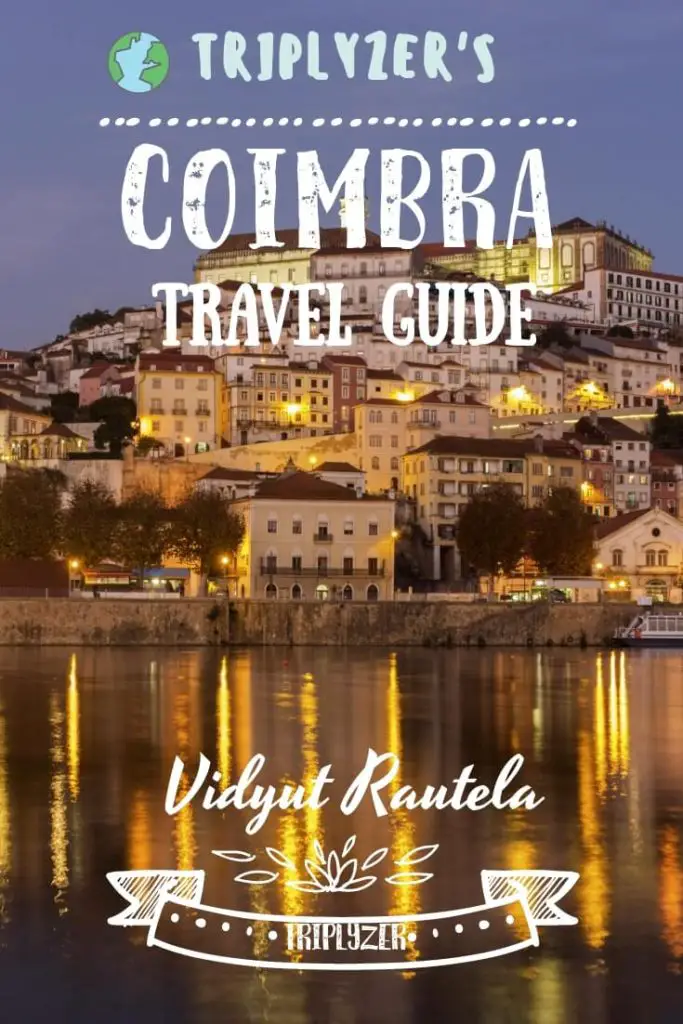
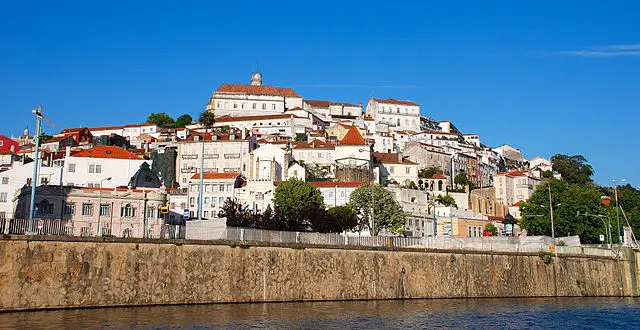
Coimbra hill. Source
Introduction to Coimbra
Located at a distance of about 200 km from the capital Lisbon and about 450 km from Algarve, the famous beach destination of Portugal, is the the historical city of Coimbra.
Fun fact! Will you believe that canned tuna can be a delicacy…? Yes, it is in Portugal and it is among the things you can get for cheap for only ten dollars in Lisbon.
Though an offbeat travel destination Coimbra is a large metropolitan city in Portugal with 150k+ residents. The city is known for its collection of historical buildings and architecture. Perhaps, the most famous of them all is the University of Coimbra which is also listed in UNESCO world heritage sites.
Getting to Coimbra
Flight: Coimbra doesn’t have an airport, Lisbon and Porto are the closest choice for an international airport.
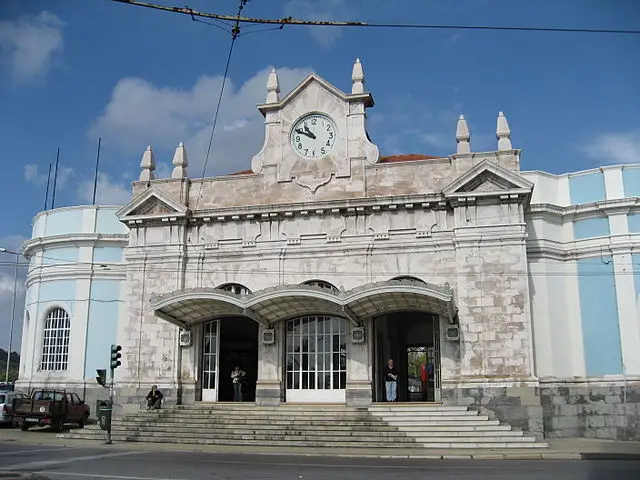
Coimbra A Railway Station
Train to Coimbra: Just as in rest of the Portugal the Coimbra boasts of excellent connectivity. There are in-fact two train stations in Coimbra, Coimbra-A and Coimbra-B.
Coimbra-A: is a short walk away from the town center, serves as a station for local trains.
Coimbra-B: is used by high speed trains. A local train connect the two stations, A & B. Takes around 2 hours for Coimbra-Lisbon journey while Porto is only an hour away. For train schedules and booking, check the official website.
Getting around Coimbra
Bus: The convenient and the cheapest way to get around town is by the local bus operated by SMTUC. Take the Blue line which travels through the city center and also connects upper and lower towns. Check the timetable here.
Coimbra Top Attractions
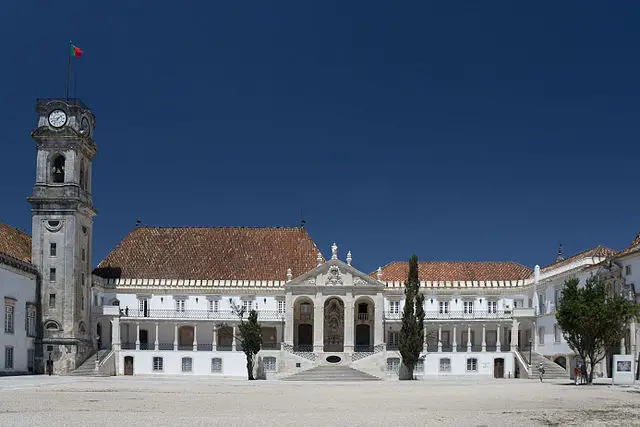
Coimbra University building. Source
University of Coimbra
This 700+ years old university is considered to be the oldest in Europe by many. The sprawling campus includes several magnificent buildings including the famous library.
Interestingly, University is located in what used to be a castle, no wonder the architecture is so impressive! The university is perched high on a hill which overlooks the city.
The other notable points of interest are the clock tower, and the chapel. Climb the clock tower, known as The Goat, for excellent views of the university campus and the city around.
The university still maintains its old ways. It’s a sight to behold when the students dress up in the traditional uniform – an attire with black robes. Interestingly, the university and the robes inspired J.K. Rowling and formed the basis of Hogwarts and its traditions. Come here during the annual student festival, Quiema Das Fitas, which takes place when the term ends in May. You’ll be bewildered by the magicians and witches roaming around this medieval castle!
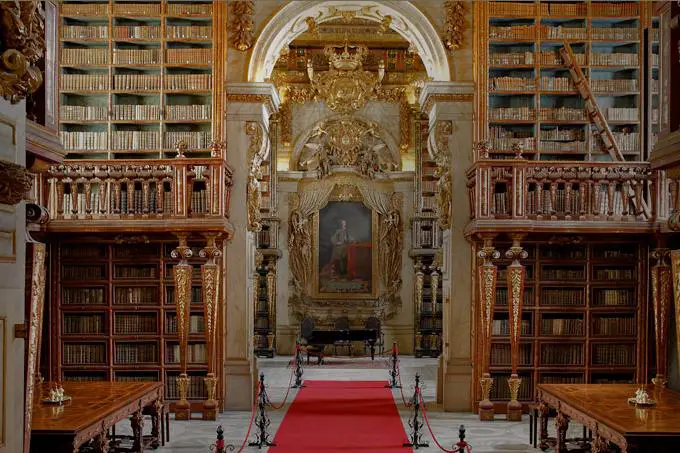
Library, Universtity of Coimbra. Source
Biblioteca Joanina
Housed in a stunning building, the star attraction of the age old university is its library. The architecture is a fine example of Baroque design and it is equally attractive from outside as well as inside. The library was started at the height of imperialism in early 18th century by then King João V. Interestingly, the construction was funded by Gold mining from one of the colonies of Portugal, Brazil.
And while your gawking at the brilliantly decorated wooden bookshelves, with Chinese motifs and filigree carvings, don’t forget to look up at the beautifully painted ceiling.
The library has an enormous collection of 250k+ books many of which date back to 12th century. Temperature is maintained at a constant 19°C to preserve these century old books. The highlight of the collection is the fascinating diary of the legendary explorer Vasco da Gama.
The library is included as a part of the university tour which costs €9. Take the guided tour (included in ticket) to truly appreciate it. Unfortunately, photography is not allowed inside.
Fado de Coimbra
Aimed at uninitiated, the show serves as a good introduction of Fado music. The show is held at the university campus and is performed by a talented bunch of the current and ex-students. The one hour show begins with a quick introduction to this music genre and the relevant history. Due to its popularity the show fills rather quickly and it is advised that if you are planning to go you should reserve the ticket on their website.
Ticket costs €10 and includes a complementary glass of port wine served at the end. You can stay back and mingle with the young musicians after the show. If you want to take some Fado with you, grab the music CD sold at the venue.
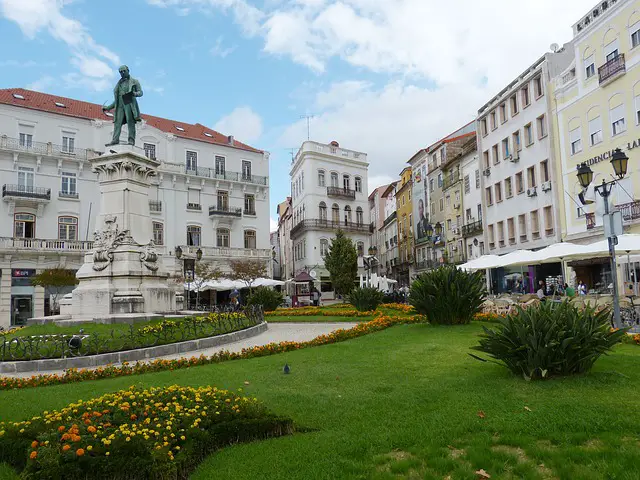
Coimbra Old Town
Museu Nacional de Machado de Castro
Built in a Roman style, the building once served as a Bishop’s palace. The museum is spread across three floors and houses fine Baroque paintings. Check out the Portuguese sculptures from medieval times worth a mention here is the “Last Supper”. But perhaps the highlight of the museum is the giant Crytoportico (passageway), a Roman ruin.
Buffet is served at terrace restaurant available at reasonable price which also offers good views of the city. Audio guide is available for an extra charge.
Old Cathedral of Coimbra (Se Velha de Coimbra)
The old cathedral dates back to early 12th century when Coimbra was the capital city of Portugal. The church is situated in the upper city quite close to the university. The favorite thing to do at the church is to experience its wonderful interiors. Wander around and explore the beautiful cloister and the wide Gothic courtyard. Appreciate the Romanesque nave and take a moment to marvel at the intricately designed altarpiece.
Students playing fado on the steps of the Cathredal is a common sight. Admission
is € 2.50.
Tip: Avoid the students who’d try to click your pic and print it and sell it when you get back.
Mosteiro de Santa Clara-a-Velha
The ruins of the old convent, now turned into a well run museum, date back to early 12th century. The architecture style of the convent was Gothic with strong influences of Romanesque elements. The ruins are idyllically situated by the river. And it was due to the flooding in the river the monastery was abandoned, and at the same time the water helped in preserving the ruins.
When you enter the complex you are first shown a documentary about the history of the monastery which begins with its construction, moves on to the destruction and finally ends with the restoration. Take a walk among the ruins and check out the interesting cloister known as Cloister of Silence. Even today you can still see the tide marks on pillars.
Pingback: Three Most Beautiful Beaches in Algarve - 7 Continents 1 Passport